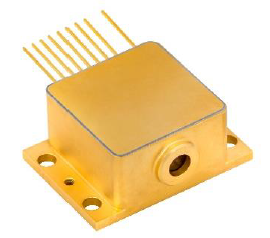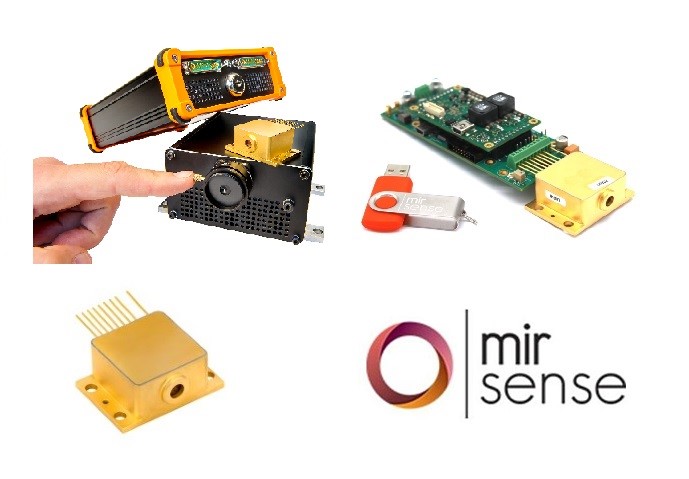
Mid-IR molecular spectroscopy is a rapidly developing and promising technique, enabling high-performance chemical detection and analysis for industrial or environmental purposes, with new wavelength ranges becoming commercially available. The essential component for such applications is the laser source, adapted to the specific spectral lines (the fingerprint) of the target molecule. Quantum Cascade Lasers (QCLs) are a perfectly suited solution to build such analysis systems. Until now, QCLs only covered the wavelength range from 4 to 10µm, where many chemical species are detected (NO, N2O, NH3, CH4, COH2, CO, CO2, SO3, etc.). However, the fingerprint region extends much farther in the infrared, and current laser technologies don’t allow for the analysis of many molecules of interest.
Among these molecules of interest are an important class, aromatics (benzene, toluene, ethylbenzene, and xylenes, known as BTEX), which have their main fingerprint absorption lines at wavelengths ranging from 12µm to 15µm. BTEX are toxic, volatile, organic compounds that are principally emitted by the petrochemical industry. Benzene is naturally present in crude oil. It is used primarily as a precursor to manufacture chemicals with a more complex structure, widely used in the chemical industry. Benzene and toluene are used as additives in gasoline and are often detected at filling stations, a significant source of exposure for humans. BTEX molecules are also frequently produced and released in the atmosphere during large fires or industrial accidents. The detection of BTEX is then a major issue for environmental monitoring and safety.
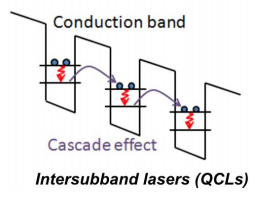
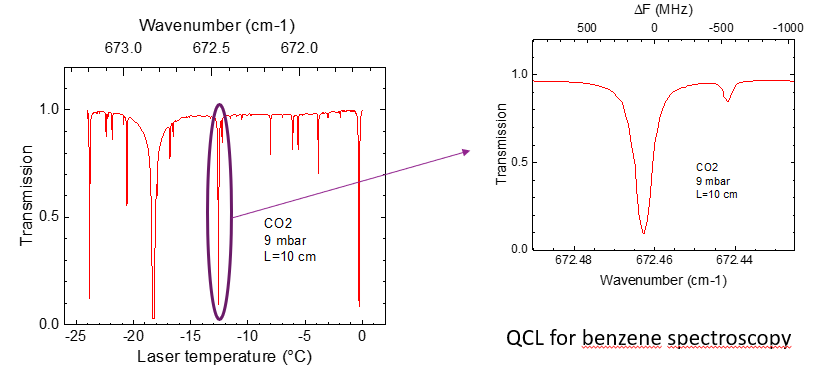
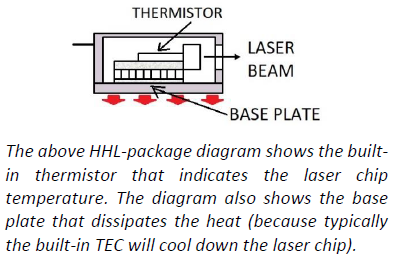
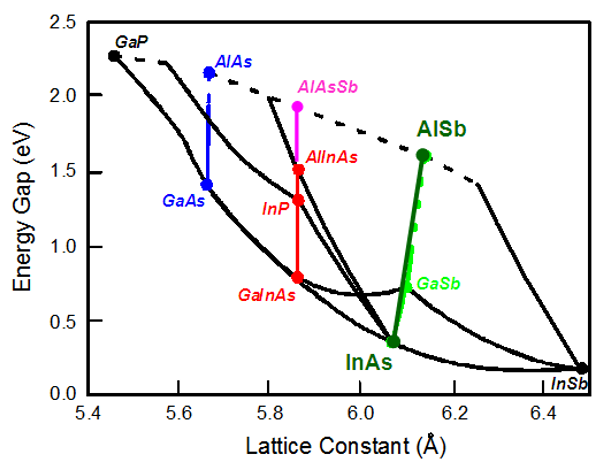
Below we’ve listed a couple of example configurations and their target application:
Benzene:
Perfect for benzene environmental monitoring, this ~14.9µm (~674 cm-1) UniMir model is a single-mode DFB QCL, operating in CW mode with 5mW output power (with the base plate of the HHL-package at +20oC). The full tunable range is >2cm-1, while the continuous tuning range, free from ‘mode hopping’ is >0.5cm-1.
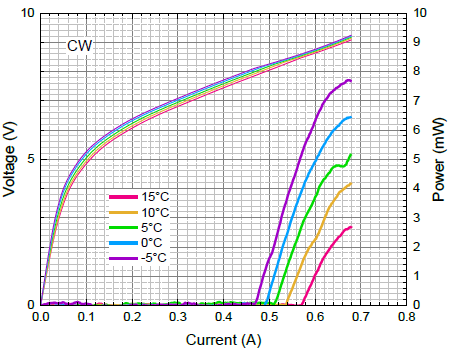 |
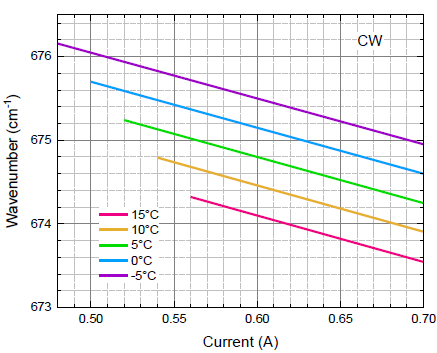 |
| The curves on the left indicate the voltage of the laser as a function of the applied DC current and laser chip temperature. The curves on the right indicate the output power as a function of the applied DC current and laser chip temperature |  |
The curves indicate the typical laser single-mode emission wavelength as a function of the applied DC current and laser chip temperature. Lasers with slightly shifted wavelength are also available. |
Xylene and Propane:
Perfect for xylene and propane monitoring in the chemical industry, this ~13.4µm (~746 cm-1) UniMir model is a single-mode DFB QCL, operating in CW mode with 5mW output power (with the base plate of the HHL-package at +20oC). The full tunable range is ~3cm-1, while the continuous tuning range, free from ‘mode hopping’ is >1cm-1.
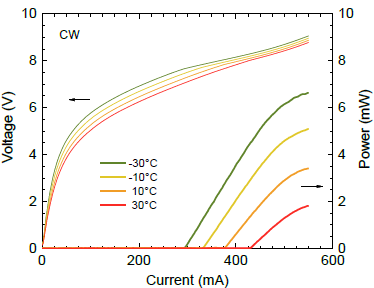 |
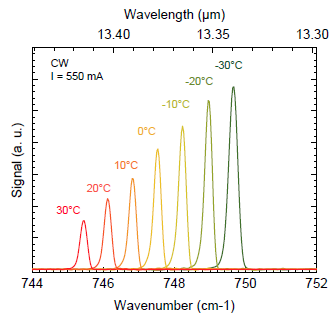 |
| The curves indicate the voltage (left) and output power (right) of the laser as a function of the applied DC current and laser chip temperature. |  |
Emission spectra as a function of the temp. of the laser chip.
|
Talk to a knowledgeable Product Manager today by Contacting Us here, or by calling us at 636.272.7227!
To get more details and technical information on these groundbreaking new Quantum Cascade Lasers from mirSense, Click Here!

mirSense came into being in 2015 after years of developing the QCL technology. They design and manufacture high-power (typically watt-level) diodes in 4.0µm, 4.6µm, 4.8µm, and 9.Xµm wavelengths, and now offer mW level DFB QCLs from 10µm through 17µm. They’re able to handle anything from small scale development to mass production runs due to their trusted relationship with a local supplier, industrial oriented manufacturing methods, and agile supply chain. Utilizing their highly skilled team of Ph.D. engineers and proprietary, innovative solutions, based on a robust patent portfolio, mirSense brings solutions to customers all over the world. |
|

 SHIPS TODAY
SHIPS TODAY 
